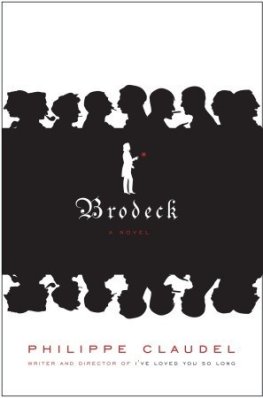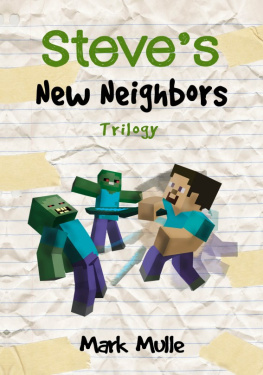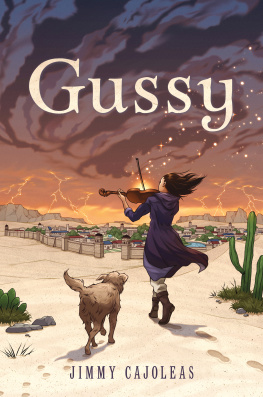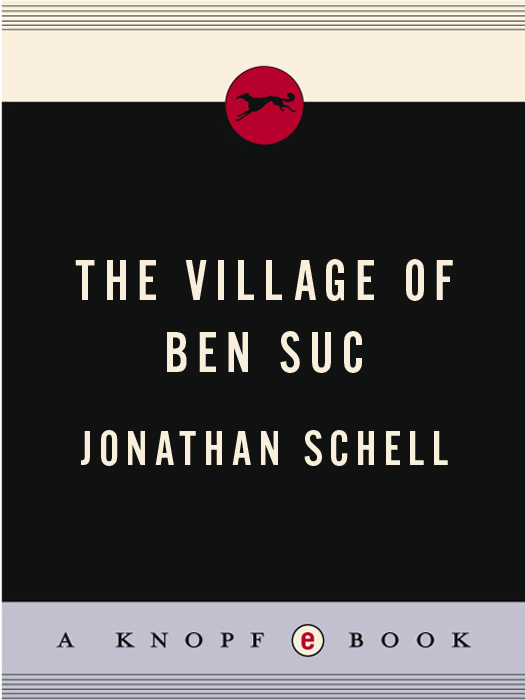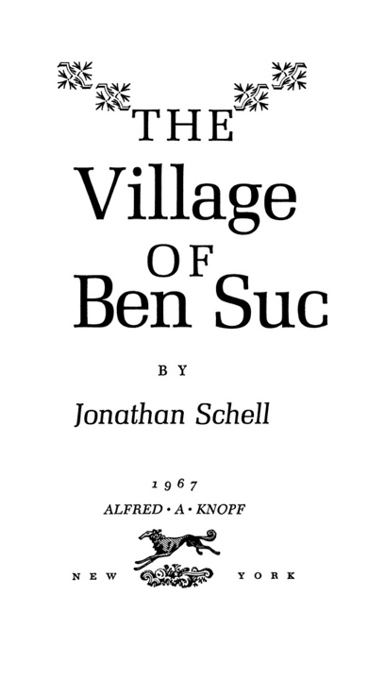THIS IS A BORZOI BOOK
PUBLISHED BY ALFRED A KNOPF, INC.
First Edition / Copyright 1967 by Jonathan Schell
All rights reserved under International and Pan-American
Copyright Conventions. Distributed by Random House, Inc.
Published simultaneously in Toronto, Canada,
by Random House of Canada Limited.
Library of Congress Catalog Card Number: 67-29479
The contents of this book appeared in The New Yorker,
in slightly different form.
eISBN: 978-0-307-80729-8
v3.1
I dedicate this book,
with love, to my parents
Contents

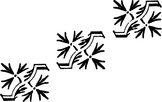
UP TO A FEW months ago, Ben Suc was a prosperous village of some thirty-five hundred people. It had a recorded history going back to the late eighteenth century, when the Nguyen Dynasty, which ruled the southern part of Vietnam, fortified it and used it as a base in its campaign to subjugate the natives of the middle region of the country. In recent years, most of the inhabitants of Ben Suc, which lay inside a small loop of the slowly meandering Saigon River, in Binh Duong Province, about thirty miles from the city of Saigon, were engaged in tilling the exceptionally fertile paddies bordering the river and in tending the extensive orchards of mangoes, jackfruit, and an unusual strain of large grapefruit that is a famous product of the Saigon River region. The village also supported a small group of merchants, most of them of Chinese descent, who ran shops in the marketplace, including a pharmacy that sold a few modern medicines to supplement traditional folk cures of herbs and roots; a bicycle shop that also sold second-hand motor scooters; a hairdressers; and a few small restaurants, which sold mainly noodles. These merchants were far wealthier than the other villagers; some of them even owned second-hand cars for their businesses. The village had no electricity and little machinery of any kind. Most families kept pigs, chickens, ducks, one or two cows for milk, and a team of water buffaloes for labor, and harvested enough rice and vegetables to sell some in the market every year. Since Ben Suc was a rich village, the market was held daily, and it attracted farmers from neighboring villages as well as the Ben Suc farmers. Among the people of Ben Suc, Buddhists were more numerous than Confucianists, but in practice the two religions tended to resemble each other more than they differed, both conforming more to locally developed village customs practiced by everyone than to the requirements of the two doctrines. The Confucianists prayed to Confucius as a Buddha-like god, the Buddhists regarded their ancestors as highly as any Confucianist did, and everyone celebrated roughly the same main holidays. In 1963, Christian missionary teams, including both Vietnamese and Americans, paid several visits to the village. One of these groups began its missionary work by slowly driving its car down the narrow main streets of the village, preaching through a loudspeaker mounted on the top of the car, and singing hymns accompanied by an accordion. Then, in the center of the village, a Vietnamese minister gave a sermon. He argued for the existence of God by pointing out that Vietnamese spontaneously cry out Troi oi! (Oh God!) when they fall or get hurt, and told the villagers that their sins were as numerous as the particles of red dust that covered the leaves of the trees in the dry season. (The soil around Ben Suc is of a reddish hue.) Just as only God could wash every leaf clean by sending down a rainstorm, only God could wash away their countless sins. At the end of the sermon, he asked the villagers to kneel and pray, but none did. When he asked for questions, or even for arguments against what he had said, only the old village fool stepped forward to challenge him, to the amusement of the small group of villagers who had assembled to listen. Ordinarily, to entertain themselves, small groups of men would get together in the evening every two weeks or so to drink the local liquorsometimes until dawnand occasionally they would go fishing in the river and fry their catch together at night. Some of the marriages in the village were arranged and some were love matches. Although parentsparticularly the girls parentsdidnt like it, couples often sneaked off in the evenings for secret rendezvous in the tall bamboo groves or in glades of banana trees. At times, there were stormy, jealous love affairs, and occasionally these resulted in fights between the young men. Parents complained that the younger generation was rebellious and lazy, and sometimes called their children hu gaorice potswho did nothing but eat.
Troops of the Army of the Republic of Vietnam (usually written ARVN and pronounced Arvin by the Americans) maintained an outpost in Ben Suc from 1955 until late 1964, when it was routed in an attack by the National Liberation Front (or N.L.F., or Vietcong, or V.C.), which kidnapped and later executed the government-appointed village chief and set up a full governing apparatus of its own. The Front demandedand gotnot just the passive support of the Ben Suc villagers but their active participation both in the governing of their own village and in the war effort. In the first months, the Front called several village-wide meetings. These began with impassioned speeches by leaders of the Front, who usually opened with a report of victories over the Americans and the puppet troops of the government, emphasizing in particular the downing of helicopters or planes and the disabling of tanks. Two months after the liberation of the village, the Front repelled an attack by ARVN troops, who abandoned three American M-113 armored personnel-carriers on a road leading into the village when they fled. The disabled hulks of these carriers served the speakers at the village meetings as tangible proof of their claimed superiority over the Americans, despite all the formidable and sophisticated weaponry of the intruders. Occasionally, a badly burned victim of an American napalm attack or an ex-prisoner of the government who had been tortured by ARVN troops was brought to Ben Suc to offer testimony and show his wounds to the villagers, giving the speakers an opportunity to condemn American and South Vietnamese-government atrocities. They painted a monstrous picture of the giant Americans, accusing them not only of bombing villages but also of practicing cannibalism and slitting the bellies of pregnant women. The speeches usually came to a close with a stirring call for support in the struggle and for what was sometimes called the full coperation and solidarity among the people to beat the American aggressors and the puppet troops. The speeches were often followed by singing and dancing, particularly on important National Liberation Front holidays, such as the founding day of the Front, December 20th, and Ho Chi Minhs birthday, May 19th. At one meeting, the dancers represented the defeat of a nearby strategic hamlet. Usually, some of the women from Ben Suc itself danced, after being instructed by dancers from the Front. During the first year of Front government, a group of village teen-agers formed a small band, including a guitar, a trumpet, and various traditional Vietnamese instruments, and played for the meetings, but toward the end of 1965 they were replaced by a professional itinerant band. In all its meetings to boost morale and rally the villagers, the Front attempted to create an atmosphere combining impassioned seriousness with an optimistic, energetic, improvised gaiety that drew the villagers into participation. At every opportunity, it attempted to make the villagers aware of their own collective power and of the critical necessity of their support in winning the war.


